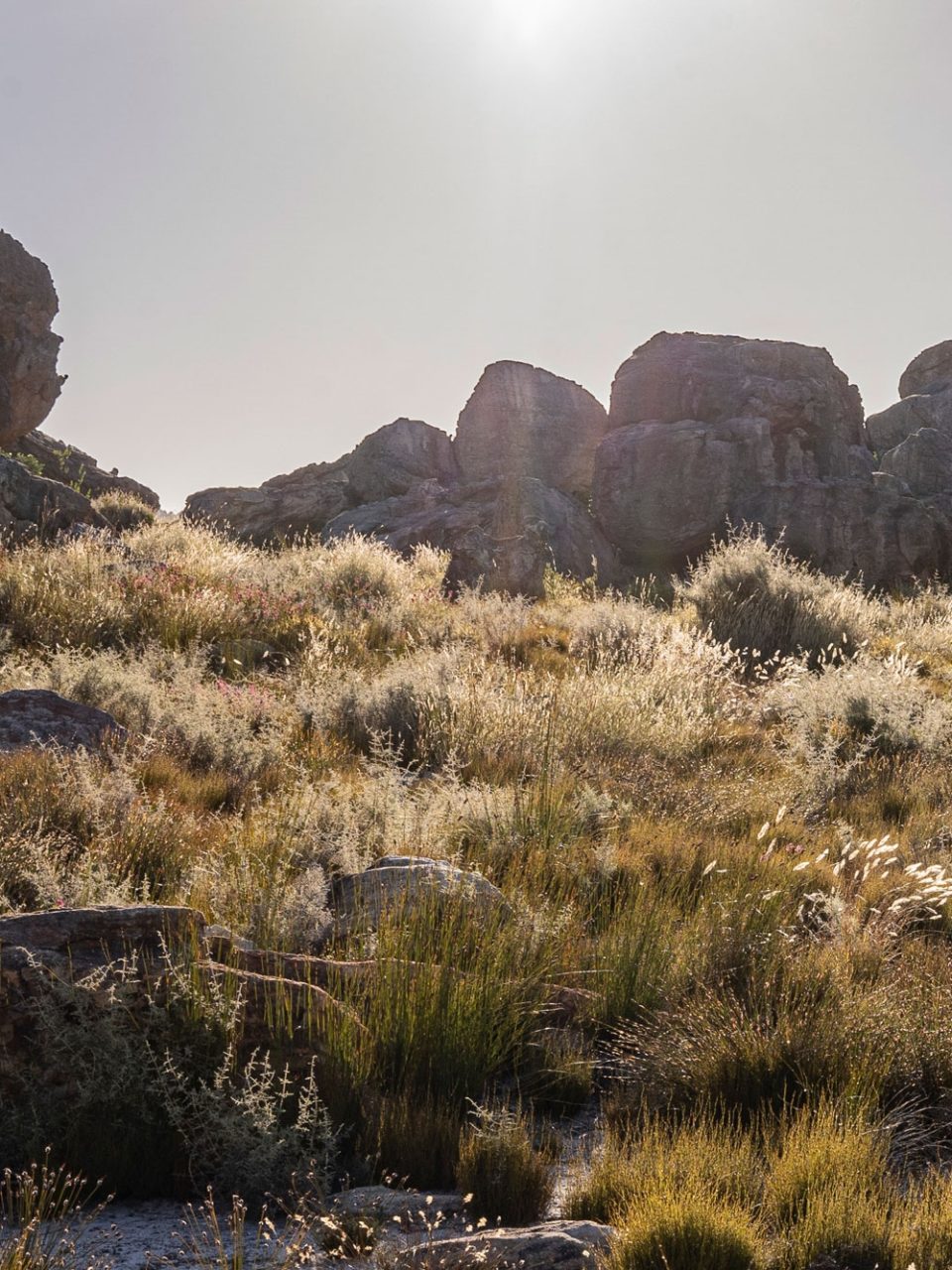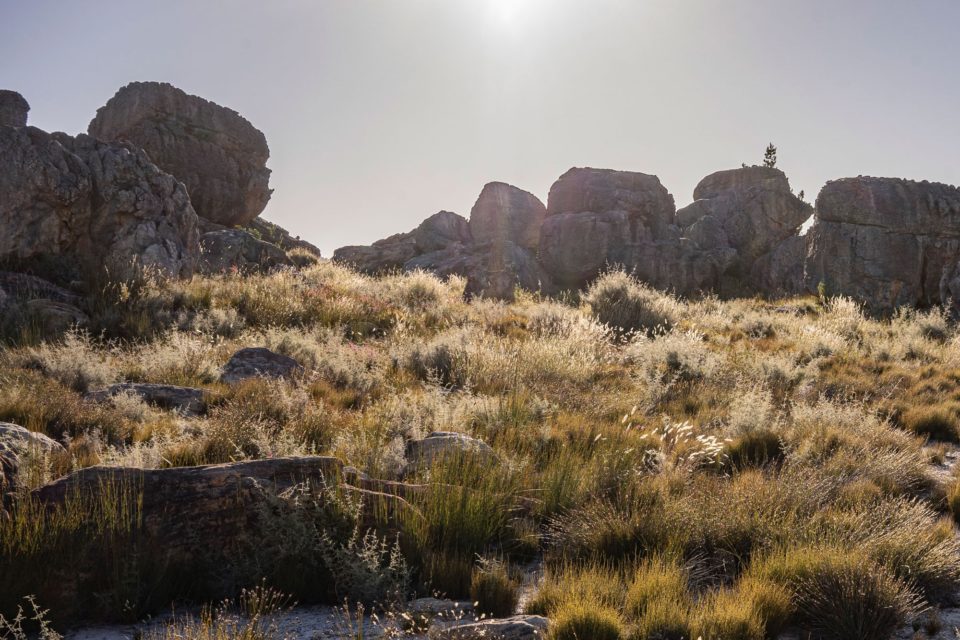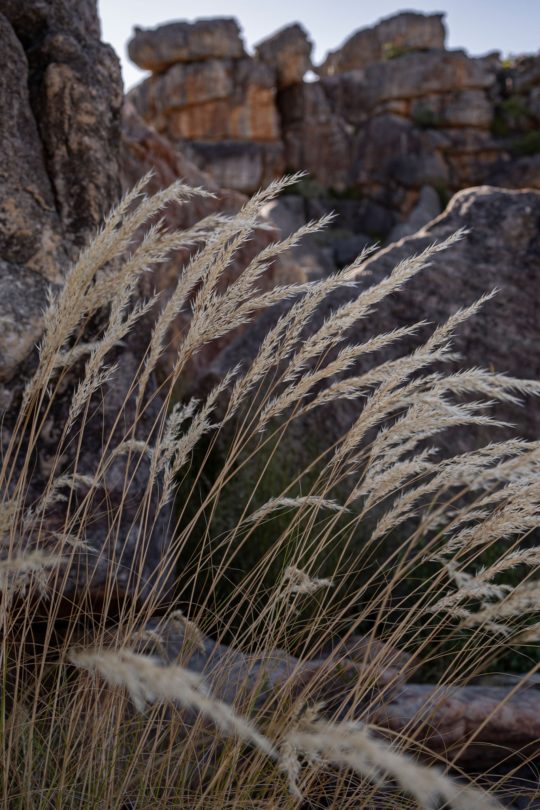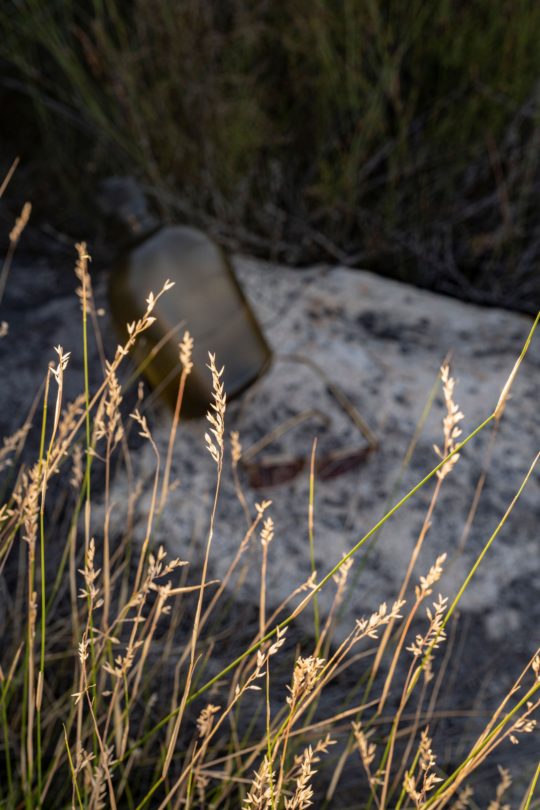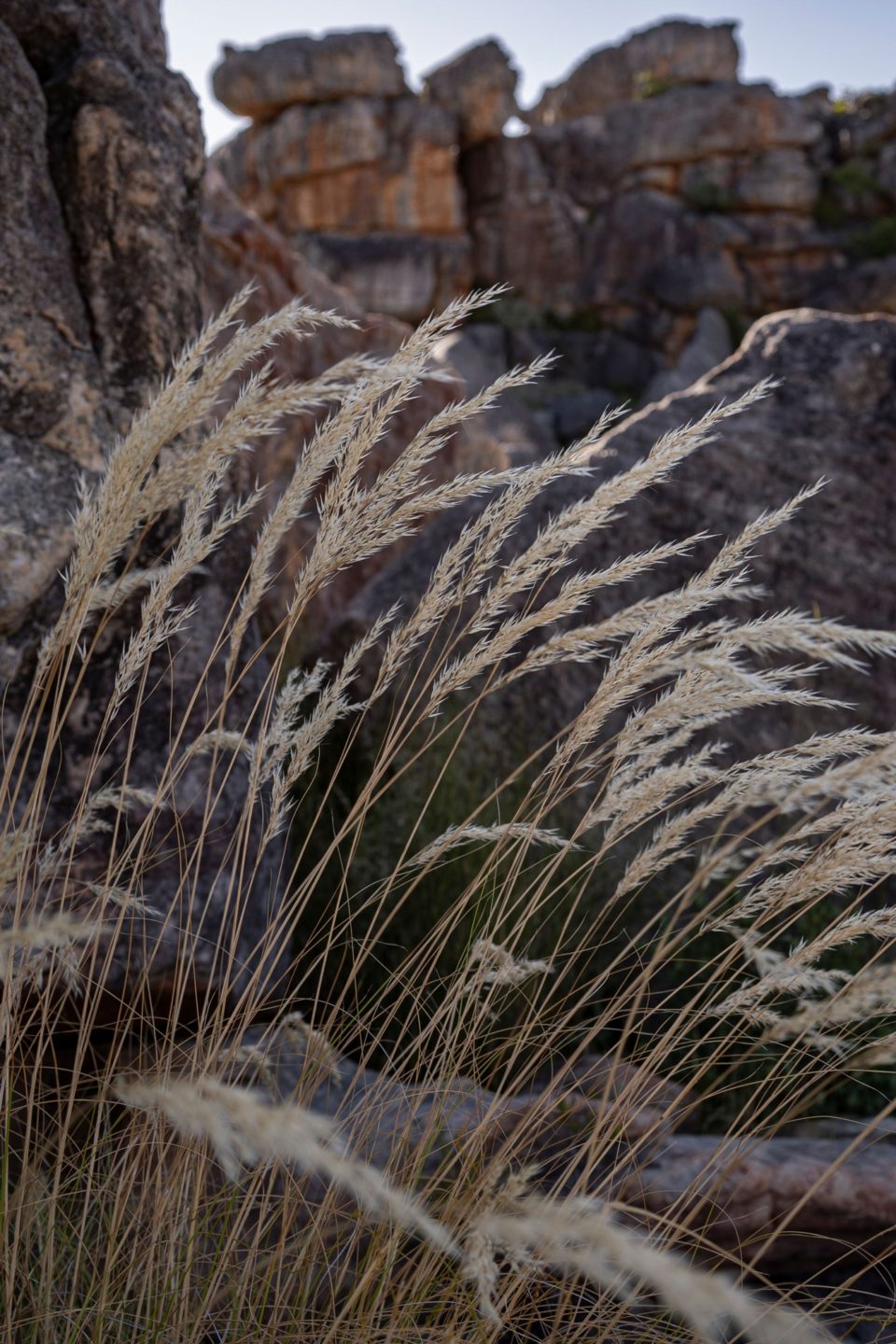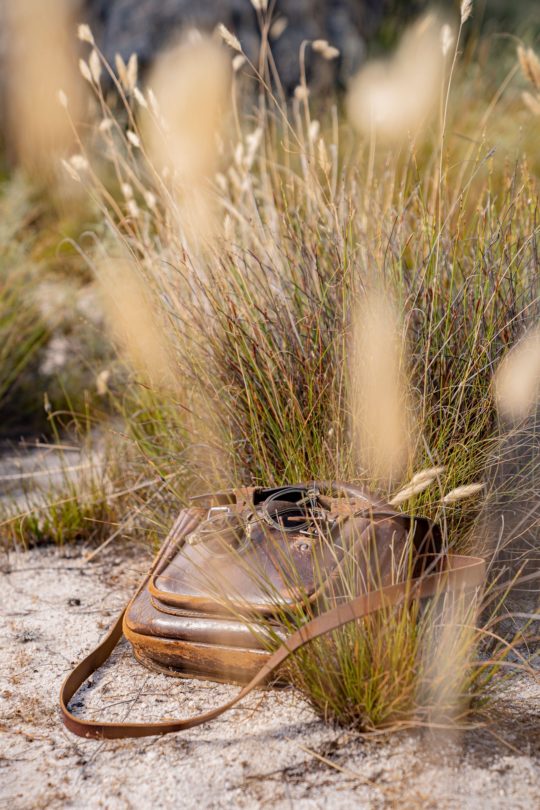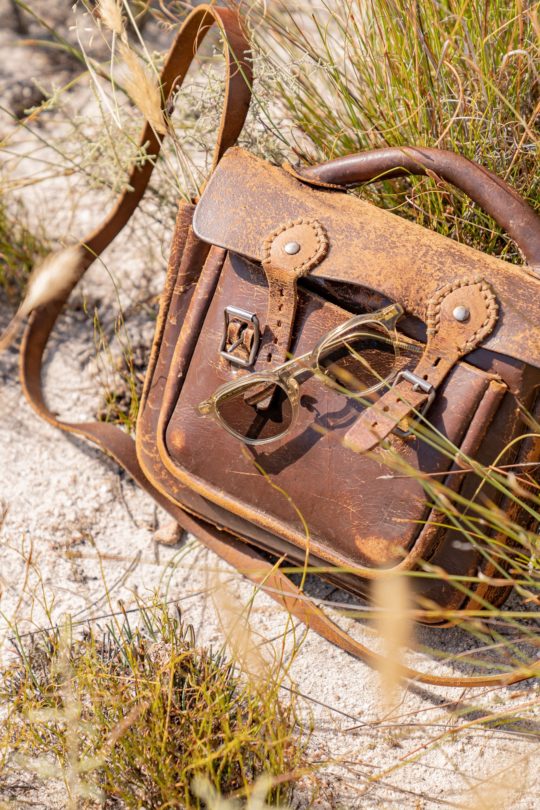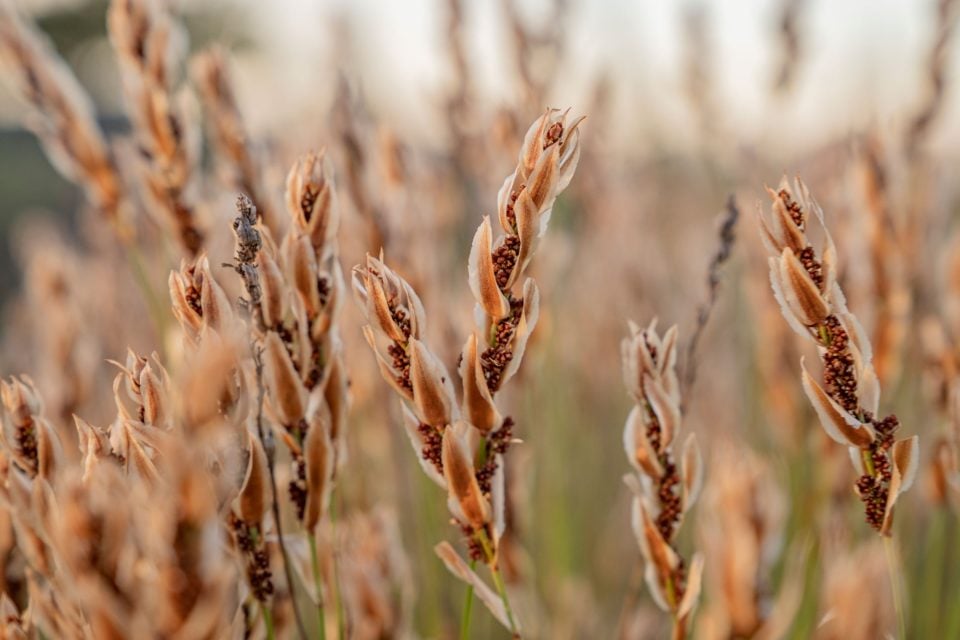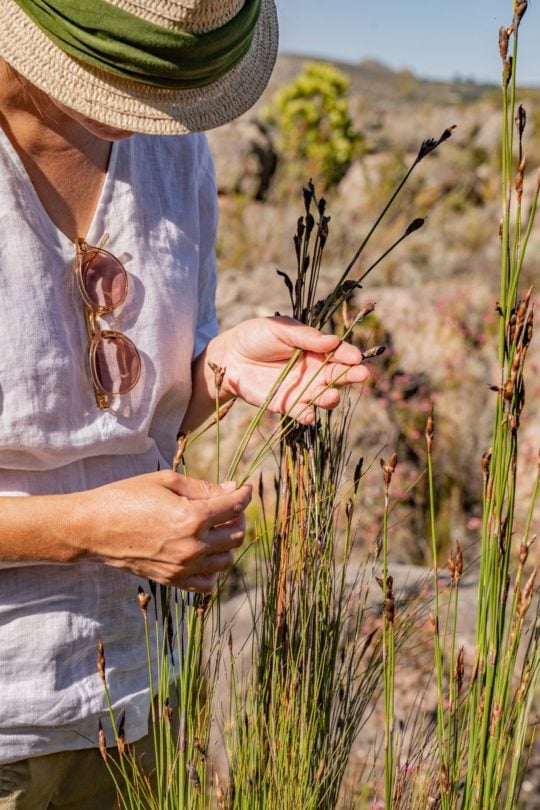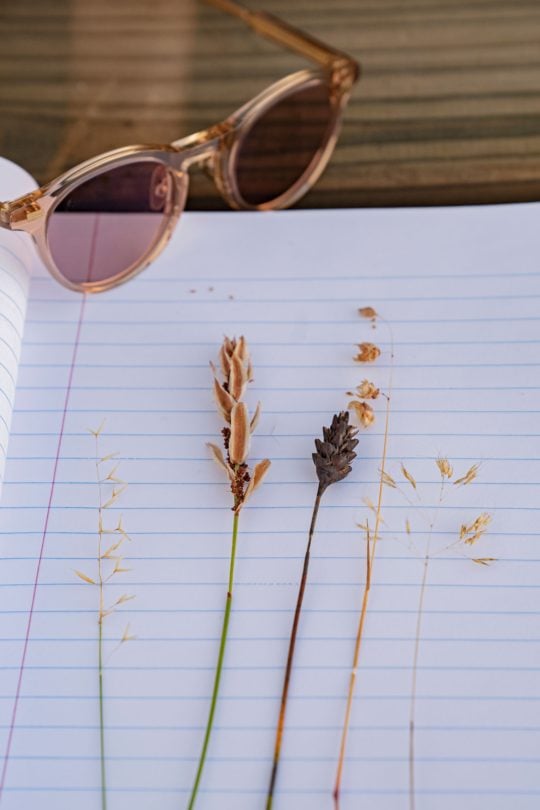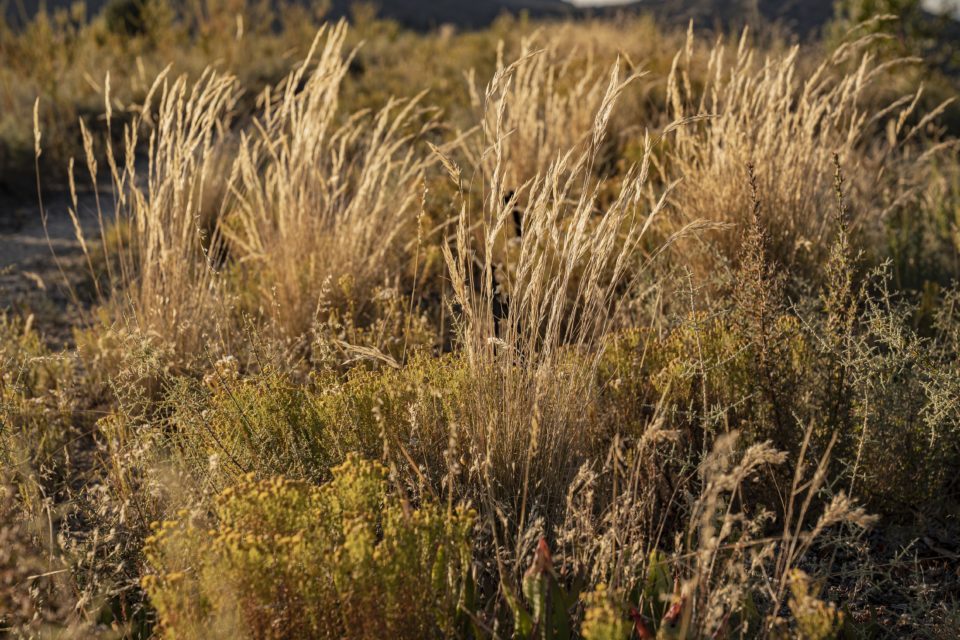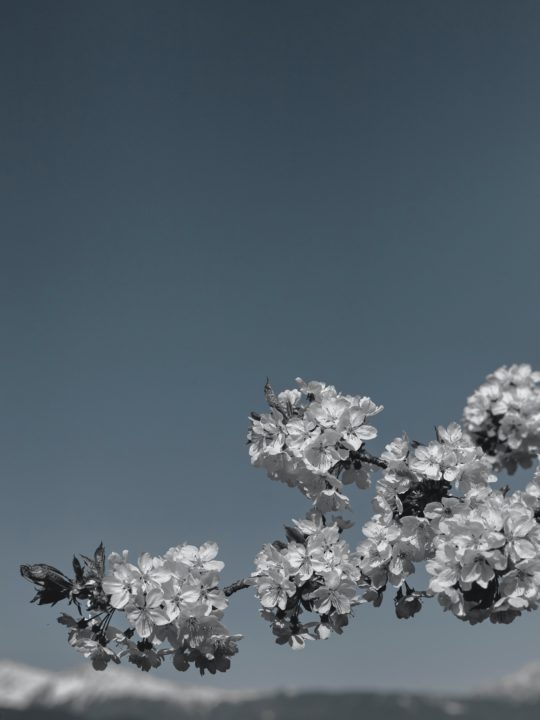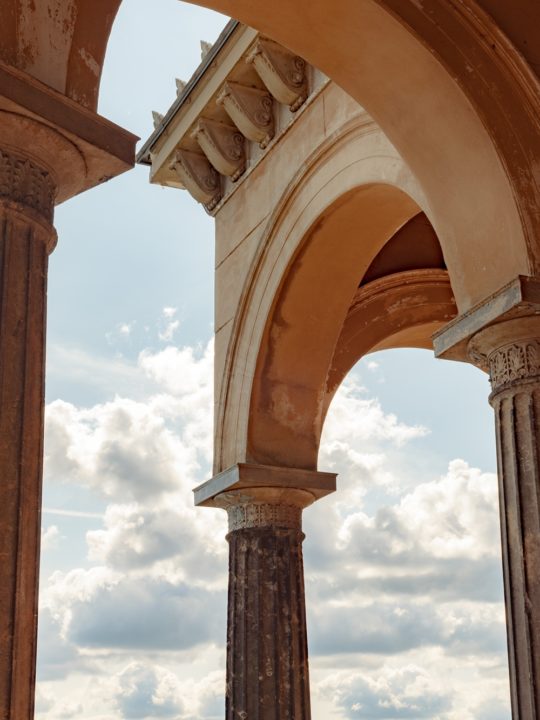THE IMMORTAL VIGOR OF GRASS
On the vigor and resistance of grass.
(2 MINUTE READ)
Like feathers, they bend beneath the weight of the winds.
Swaying this way, then that. Their bent furry heads, heavy with seed. The wind as conductor, the grass dancing to its tune. And when the sun catches their golden bow, like frozen little fireworks, light erupts against the backdrop of a bright blue sky.
Whether you stand waist deep in the US prairies, gaze across the Eurasian steppes or traverse the African savanna; the spectacle of the wind combing through a field of grass unfailingly mesmerizes. Beneath this visual orchestra so delightful to the eye, hidden inside the hummus and soil, the grassroot melody continues, veining deep into the belly of earth.
When you consider the fragility of a single grain of grass, it’s hard to imagine the impact grass has had on our human existence.
Few other species are woven so deeply into our lives, sculpting our history, our cultures and our economies.
The domestication of varieties like wheat and barley have shaped the very way we live and function, as we moved away from hunter-gatherer existence into complex societies with systems we depend on for survival.
Throughout the ages, grass has both fed and housed us. Providing shelter and cover; woven into huts, mats, baskets and hats. Calling upon spirits through smouldering braids of sweet grass, it brings us closer to our gods. From utility to ornament, it now adorns our living room halls; tufts of pampas festooned across every other lifestyle blogger’s feed.
J.J. Ingalls eloquently expressed this beautiful tenacity of the species as nature’s constant forgiveness and benediction:
“Forests decay, harvests perish, flowers vanish, but grass is immortal. Beleaguered by the sullen hosts of winter, it withdraws into the impregnable fortress of its subterranean vitality, and emerges upon the first solicitation of spring.
Sown by the winds, by wandering birds, propagated by the subtle horticulture of the elements which are its ministers and servants, it softens the rude outline of the world.
Its tenacious fibres hold the earth in its place, and prevent its soluble components from washing into the wasting sea. It invades the solitude of deserts, climbs the inaccessible slopes and forbidding pinnacles of mountains, modifies climates, and determines history, character, and destiny of nations.
Unobtrusive and patient, it has immortal vigor and aggression. Banished from the thoroughfare and the field, it bides its time to return, and when vigilance is relaxed, or the dynasty has perished, it silently resumes the throne from which it has been expelled, but which it never abdicates.
It bears no blazonry or bloom to charm the senses with fragrance or splendour, but its homely hue is more enchanting than the lily or the rose. It yields no fruit in earth or air, and yet should its harvest fail for a single year, famine would depopulate the world.”
– In praise of blue grass, John James Ingalls
Thanks to their adaptation to extremities like deserts, rainforests, marshes and tundras, combined with their resistance to drought, fire and grazing, grasses grow where many species can’t survive. Indeed, the numerous benefits of wild grass are outnumbered only by its ecological diversity–rivalled only by tropical rainforests.
Above ground grasses sustain species diversity as food and shelter. Underfoot they mitigate erosion by slowing moisture evaporation and soil- and water run-off. Their intricate root systems–some of which reach up to five meters–tolerate toxicities, heavy metals and a wide range of soil pH, allowing them to regenerate and nourish the soil, while storing carbon.
Perhaps the next time we gaze toward the horizon, and glimpse an unassuming panicle, she’ll remind us of this significant alliance between ourselves and mother nature, as she merrily bounces past us, on the back of the wind.

